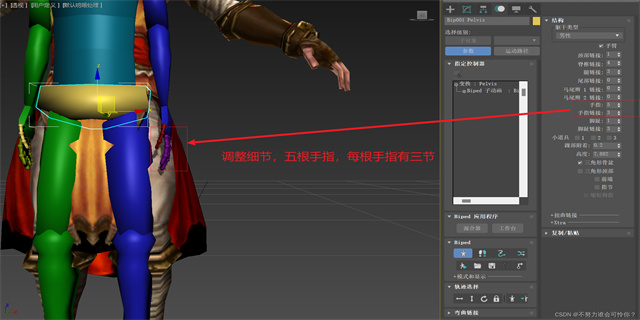Protel DXP 2004: The Evolution of PCB Design
Introduction
Protel DXP 2004 is an industry-leading software tool used for Printed Circuit Board (PCB) design. This powerful software, developed by Altium, revolutionized the way PCB designs are created and fabricated. In this article, we will explore the key features and advancements of Protel DXP 2004, and how it has transformed the field of PCB design.

Improved User Interface and Design Workflow
One of the major highlights of Protel DXP 2004 is its improved user interface and design workflow. The software introduced a cleaner and more intuitive interface, making it easier for designers to navigate through the various tools and features. With a streamlined workflow, designers can now create complex PCB designs more efficiently, saving time and effort.

Protel DXP 2004 also introduced customizable toolbars and shortcuts, allowing designers to personalize their workspace according to their preferences and work style. This flexibility contributes to increased productivity, as designers can access their commonly used tools with just a click.
Advanced Routing and Design Rule Checking
Another significant advancement in Protel DXP 2004 is its enhanced routing capabilities and design rule checking. The software introduced an intelligent routing engine, which automates many of the tedious and time-consuming tasks involved in manual routing.
With the intelligent routing feature, designers can easily define their routing preferences and let the software automatically find the best possible paths. This not only speeds up the routing process but also ensures optimal signal integrity and electrical performance of the PCB design.
Furthermore, Protel DXP 2004 introduced a comprehensive design rule checking system. Designers can define specific rules and constraints for their PCB designs, such as trace width, clearance, and spacing requirements. The software then checks the design against these rules, highlighting any violations or potential issues. This helps designers catch errors early in the design process, reducing the risk of costly rework or manufacturing defects.
Integrated Simulation and Analysis
Protel DXP 2004 also introduced integrated simulation and analysis capabilities, allowing designers to evaluate the performance and behavior of their PCB designs before prototyping or production. The software integrates seamlessly with various simulation tools, enabling designers to simulate signal integrity, power delivery, and thermal management aspects of their designs.
With integrated simulation and analysis, designers can identify and resolve potential issues early on, saving time and resources. They can perform detailed electrical and thermal analysis, optimize signal paths, and ensure the reliability and functionality of the PCB design.
Conclusion
Protel DXP 2004 marked a significant milestone in the evolution of PCB design. With its improved user interface, advanced routing capabilities, and integrated simulation tools, the software empowered designers to create complex and high-performance PCB designs with greater ease and efficiency. Protel DXP 2004 set a new standard for PCB design software, paving the way for future advancements in the field.
As technology continues to evolve, it is crucial for PCB designers to stay updated with the latest tools and software solutions. Protel DXP 2004 remains a valuable asset in the industry, and its impact on the field of PCB design will continue to be felt for years to come.
























